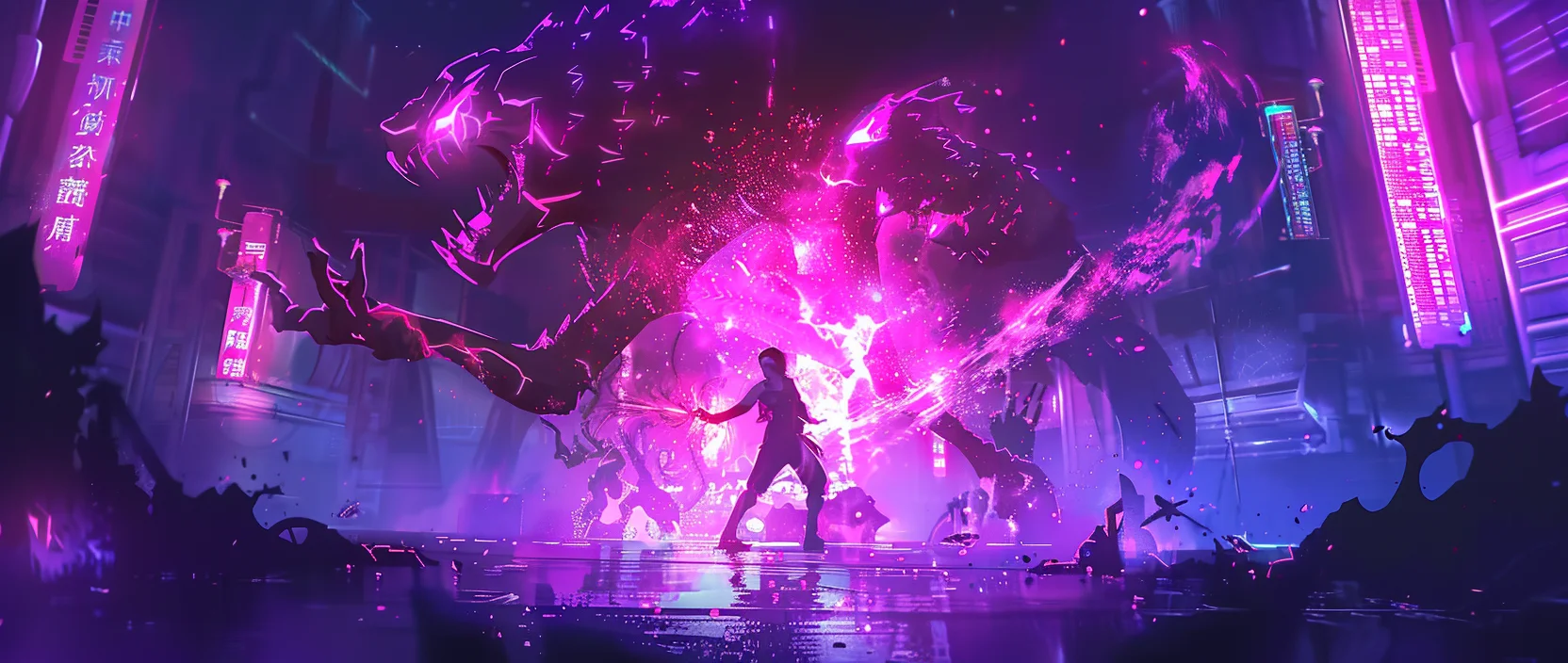Sugarverse is an ambitious Web3 metaverse that combines classic mobile gaming with blockchain-based economy. In this colorful candy-themed universe, players can not only enjoy casual gameplay, but also earn tokens, participate in DAO governance, and own unique NFT avatars. The project’s core idea is to address the typical flaws of Play-to-Earn models by offering a more balanced approach between entertainment and financial sustainability.
Table of Contents
- Concept and Sugarverse World
- Gameplay and Mechanics
- Tokenomics and Economic System
- Team and Roadmap
- Key Takeaways and Prospects
- Conclusion

1. Concept and Sugarverse World
Sugarverse is a metaverse built on the concept of "one planet — one game." Each location in this universe features a candy-themed environment with its own gameplay mechanics, rules, and rewards. The project aims to merge accessible mobile game design with Web3 infrastructure, allowing users to earn and utilize tokens across an interconnected ecosystem.
Unlike many blockchain games, Sugarverse emphasizes a natural onboarding process. New players can start without needing a wallet or prior crypto knowledge. Play-and-Earn mechanics are integrated subtly in the background, making the game equally appealing to crypto natives and mainstream users discovering Web3 for the first time.
The core currency of the metaverse is the CNDY token, while the in-game currency gCNDY is earned through gameplay. This dual-token model avoids hyperinflation and maintains long-term economic stability. Sugarverse also positions itself as an open-world platform, enabling external developers to build mini-games and new worlds within the ecosystem — offering flexibility and long-term growth aligned with user-generated content trends.
2. Gameplay and Mechanics
The first title released in the Sugarverse ecosystem is Sugar Match, a competitive match-3 game that pits three players against each other in quiz-based PvP battles. Each match consists of five rounds, and the winner receives gCNDY or an NFT reward. The game is deployed on Etherlink (Tezos L2), ensuring that blockchain elements remain invisible to users, with fast, gas-free transactions.
Main gameplay modes in Sugar Match:
- Single-player — limited by lives and daily rewards;
- Multiplayer 3v3 — three players compete for a shared gCNDY prize pool;
- Brawl mode — endless rounds with scaling rewards.
Boosters and items are critical in giving players tactical advantages — they can sabotage opponents or protect against attacks. Guilds and seasonal tournaments are planned to enhance social engagement. The game hosts limited-time events with exclusive rewards, encouraging consistent player activity. The development team is also working on account-level progression, loyalty bonuses, and collectible achievements to foster long-term retention.
3. Tokenomics and Economic System
Sugarverse operates on a dual-token model. The in-game currency gCNDY is earned through gameplay and can be swapped for the primary token CNDY. CNDY is used for governance voting (DAO), purchasing NFTs, upgrading in-game items, and is traded on multiple exchanges.
| Parameter | gCNDY | CNDY |
|---|---|---|
| Type | In-game token | Utility / DAO token |
| Earned | Through gameplay | No |
| Used for | Wagers, boosters, PvP matches | NFTs, upgrades, governance |
| Tradable | No (internal only) | Yes (MEXC, Uniswap) |
| Conversion | Swappable to CNDY | — |
As of this writing, the CNDY token trades around $0.0013, with a market cap exceeding $620,000. DAO participants can vote on future developments, new NFT launches, and ecosystem rules using their CNDY holdings. The game also includes token-burning mechanisms tied to upgrades and high-stakes matches, helping to regulate inflation. This structure ensures greater economic resilience and keeps players engaged within the ecosystem.

4. Team and Roadmap
Sugarverse is developed by a studio based in Sofia, Bulgaria, led by veterans from Gameloft, Ubisoft, and CrazyLabs. The team has already launched Sugar Match and secured $1 million in funding to further expand the platform.
According to the roadmap, key milestones include:
- Launch of the second game world in late 2025;
- Guild systems and social features integration;
- New NFT collections and asset rental mechanisms;
- Growth to 40,000 daily active users (DAU) by the end of 2026;
- Game launches on planets 3–5 by 2027.
In parallel with game development, the team is building an SDK for external studios to contribute new content. This will enable independent developers to publish games within Sugarverse. Strategic partnerships with Tezos, TrustSwap, and Simplio provide marketing support and distribution channels. The project’s long-term vision involves scaling not only through proprietary content but also through community-driven development.
5. Key Takeaways and Prospects
Sugarverse stands as a well-balanced project bridging casual gaming and blockchain-powered economies. By emphasizing multiplayer gameplay, progression, and community interaction, it tackles the common flaws of traditional Play-to-Earn structures and presents a sustainable alternative.
Its first title, Sugar Match, showcases the platform’s potential — delivering a quality user experience alongside meaningful token utility. The DAO framework, dual-token system, and experienced team form a solid foundation for long-term growth.
With increasing demand for user-centric Web3 platforms, Sugarverse is positioned to serve as a gateway between Web2 gamers and decentralized infrastructure. If the roadmap is executed successfully, the project could become a major player in the future of blockchain gaming and digital ownership.
6. Conclusion
Sugarverse is more than just a Web3 game — it’s a full-fledged metaverse where gameplay, tokenomics, and user interaction are deeply interwoven. The project reflects a modern approach to blockchain gaming, acknowledging the limitations of earlier models and striving for long-term sustainability. Its modular architecture allows for scalable development both internally and through third-party creators.
The platform prioritizes player accessibility, offering seamless blockchain integration and intuitive game mechanics familiar to Web2 audiences. This positions Sugarverse as an inclusive environment — equally attractive to newcomers and seasoned crypto users. With NFT customization, PvP tournaments, progression systems, and social gameplay, Sugarverse builds a loyal and engaged user base.
If the team continues to deliver on its roadmap, Sugarverse has the potential to become one of the leading Web3 metaverses. Amid growing demand for immersive and economically viable virtual worlds, it offers more than entertainment — it represents a dynamic digital ecosystem ready to scale to millions of users worldwide.






